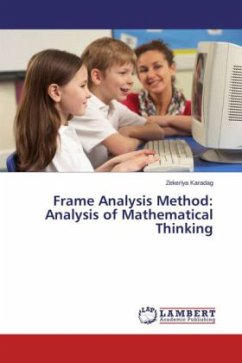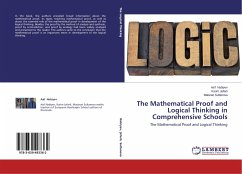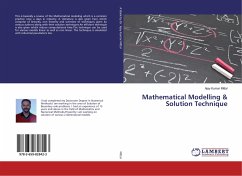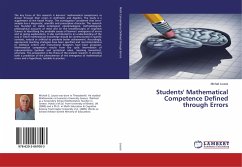Analyzing mathematical thinking while solving problems has been an interest for many researchers although it is rather challenging even in paper-and-pencil environments. Researchers, could not find a direct method to monitor and analyze mathematical thinking, have developed indirect methods such as thinking/talking aloud, keeping log files, and eye-tracking to analyze mathematical thinking. The Frame Analysis method was developed by Dr. Karadag to add a new approach to the field. The method is basically based on recording student activities in computer screen by employing a screen capture software and analyzing the captured data frame by frame. It is a qualitative analysis approach to the thick data collected from the field. The work done was completed under the supervision of Professor Douglas McDougall. I deeply acknowledge his contribution as the supervisor. It would not be made possible without his support.








